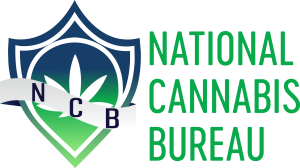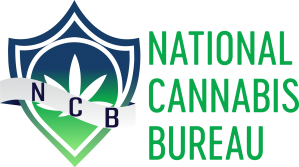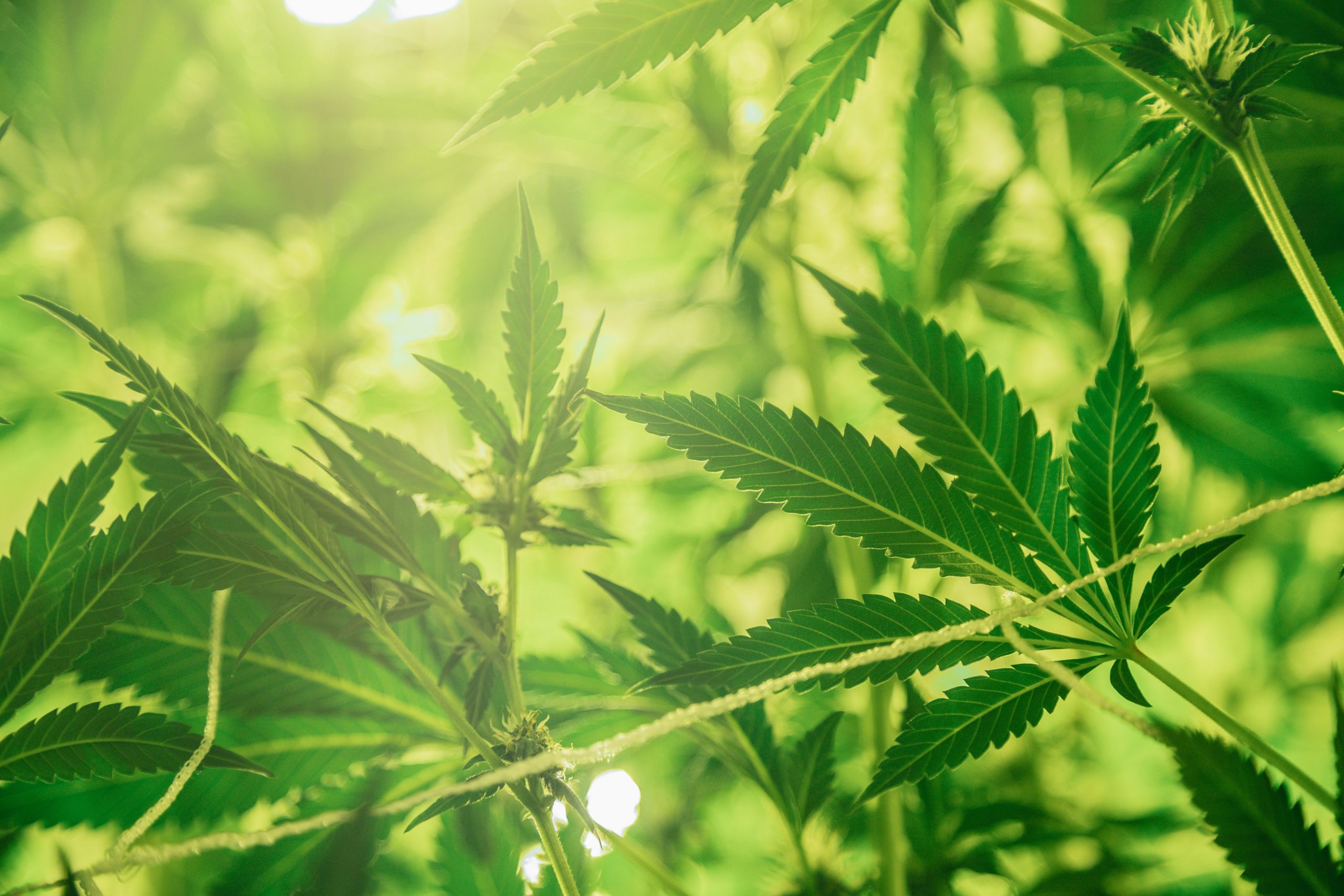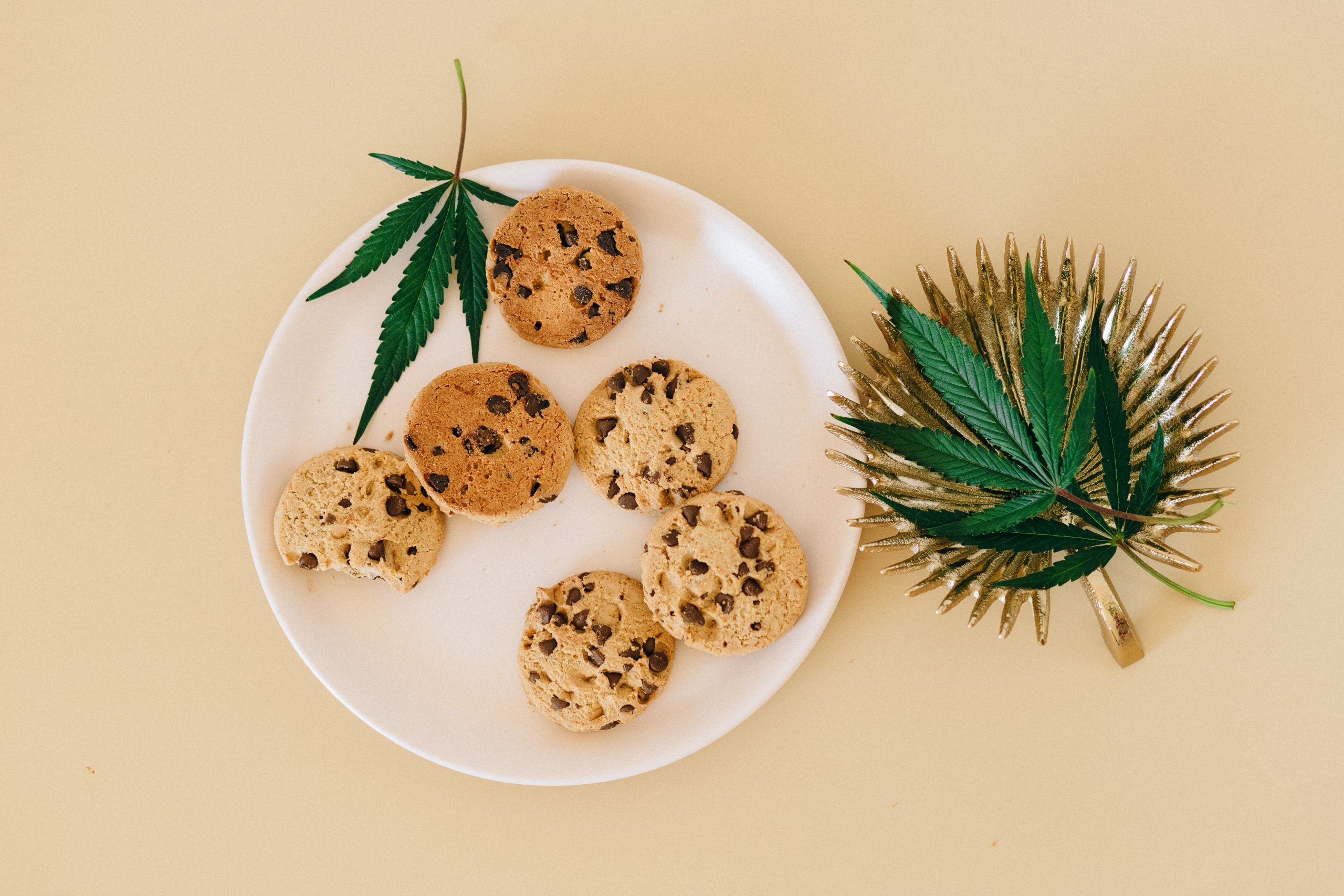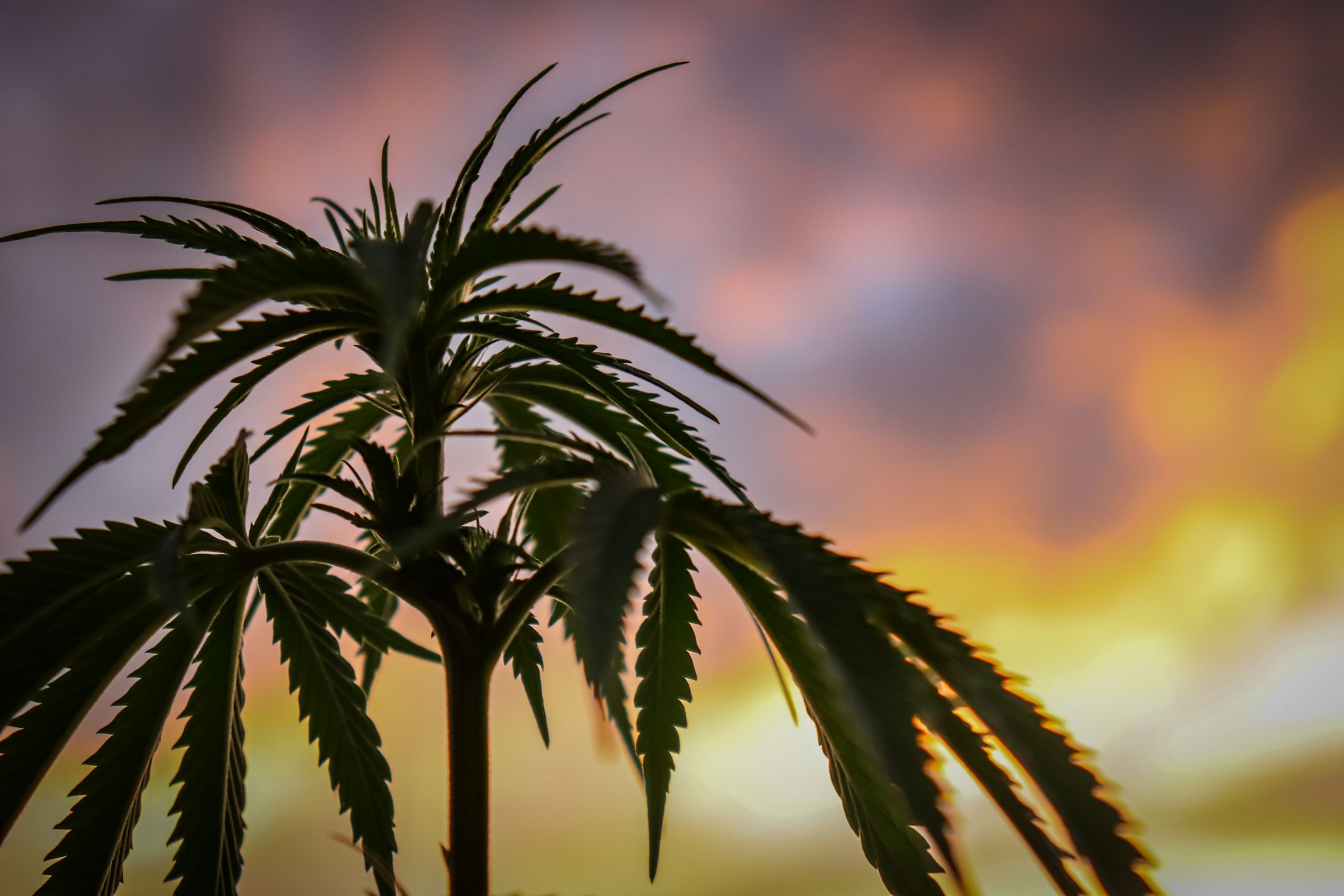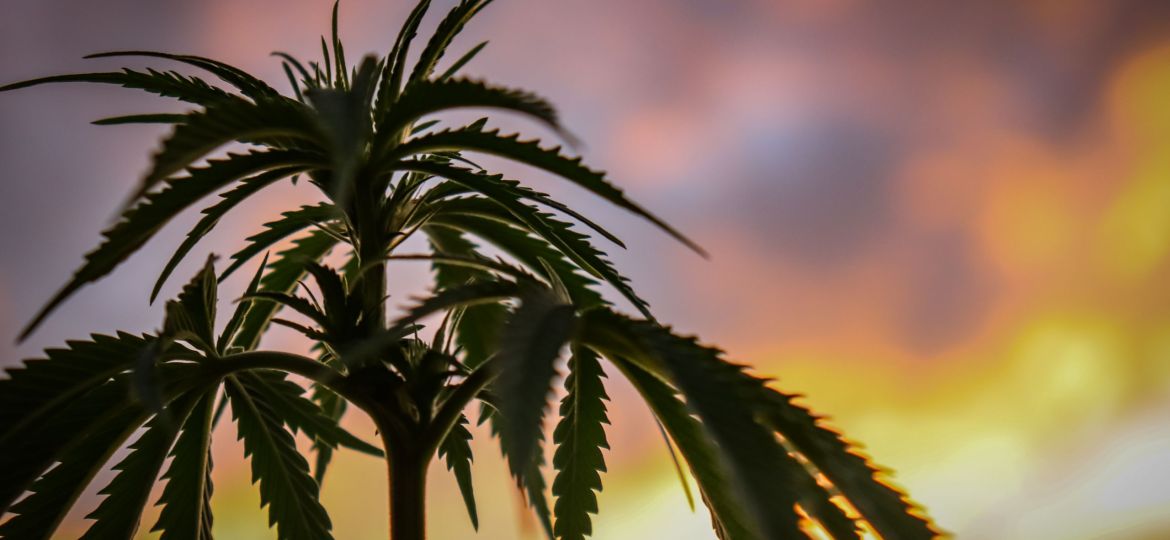
Hemp: Fastest Growing Crop in America
Ancient Crop
The hemp plant is one of the oldest cultivated crops utilized by humans, having been used for paper, textiles and food for more than 10,000 years. The Columbia History of the World reveals that the oldest relic of human history is a scrap of fabric made of hemp dating back to 8,000 BC. Back in the 18th century, The Declaration of Independence was drafted on hemp paper, as was the well-known Alice in Wonderland by Lewis Carroll. Even some ancient Bible papers still remain made of hemp to this day.
Hemp Market
The global industrial hemp market is predicted to experience huge progress, with a projected annual growth rate of 18.3% from 2018 to 2027. The report predicts that within the hemp sector, CBD will experience the highest annual growth rate, boasting a 18.6% rise, dominating all other segments within the hemp market. There has been meteoric 368% rise in the number of acres taken up by hemp farming over the past year, beating the likes of maple, flax, hazelnuts and oranges with ease. Last recorded in August 2018, there were 27, 424 acres of hemp being grown across the US, with that number now rising to 128, 320 acres of land.
From a solely profitability perspective, hemp farms can net the farmer around 30,000 dollars per acre. Comparatively, the recently trendy soybean can only net $500 per acre. This is a stark contrast to times in the late 80’s when the U.S. government destroyed its last remaining stockpile of hemp seeds as to conform with new federal prohibition. Within the US, hemp was a viable and legal crop spanning through the 18th and 19th centuries, only gaining a banned status after the controversial was on drugs and the Controlled Substances Act in 1970 which banned the production of industrial hemp.
Satisfying the environmentally friendly minded, hemp is much more sustainable than most traditional crops as it requires less water to grow and, in most cases, no pesticides are needed as the plant naturally repels pests. Hemp also breathes in CO2 as it grow whilst also detoxifying the solid by transforming contaminating metals and preventing further soil erosion.
…in 2019 the United States became the 3rd largest global producer in the
hemp market, behind China and Canada.
Demand Needs Supply
Around 14% of American adults are currently taking CBD, equating, to an enormous 49 million people. Usage has risen in correspondence to 2018’s change in federal law — the long awaited US Farm Bill, which removed hemp from the official narcotics list, making the controversial crop legal to grow and produce. While mostly used for industrial products, hemp is also useful in creating an array of commercial items such as paper, textiles, clothing, paint, insulation, biofuel, food, animal feed and biodegradable plastics. CBD is also extracted from hemp, which is defined by law as cannabis sativa with 0.3 percent or less THC content.
A congressional research paper states that impressively, the global hemp market consists of more than 25,000 products within nine main submarkets; agriculture, textiles, recycling, automotive, furniture, food/beverages, paper, construction materials and personal care. The multitude of uses make hemp one of the most versatile crops available. However, up until recently its main use in the agricultural realm was for animal and bird feed, as a 2013 study showed that of the estimated 6,000 tons of hemp seeds per annum produced in Europe, 95% were used for such purposes.
